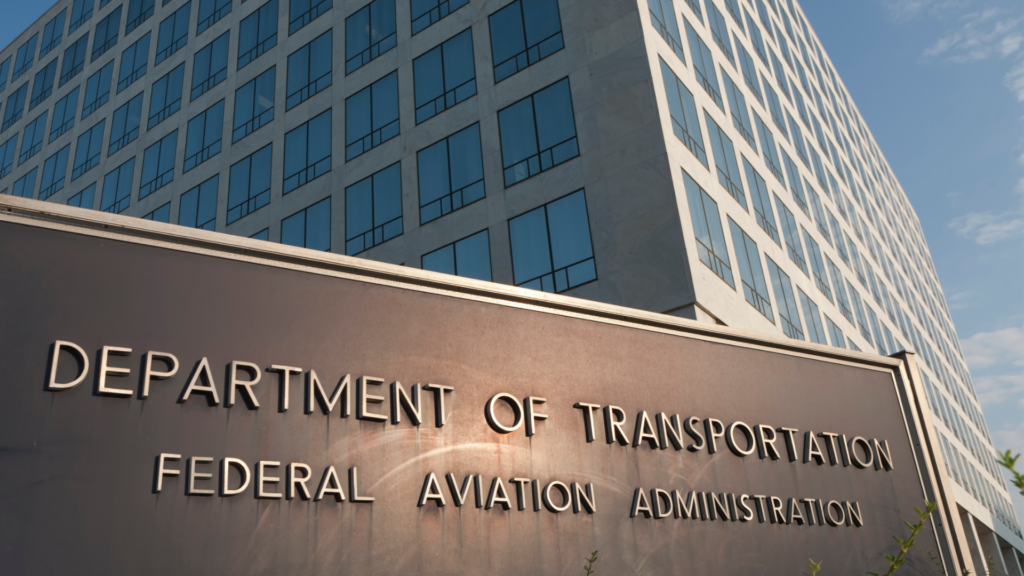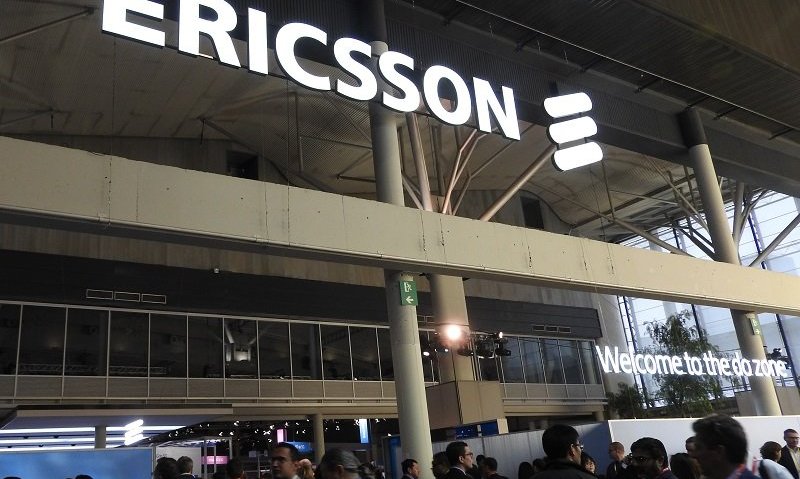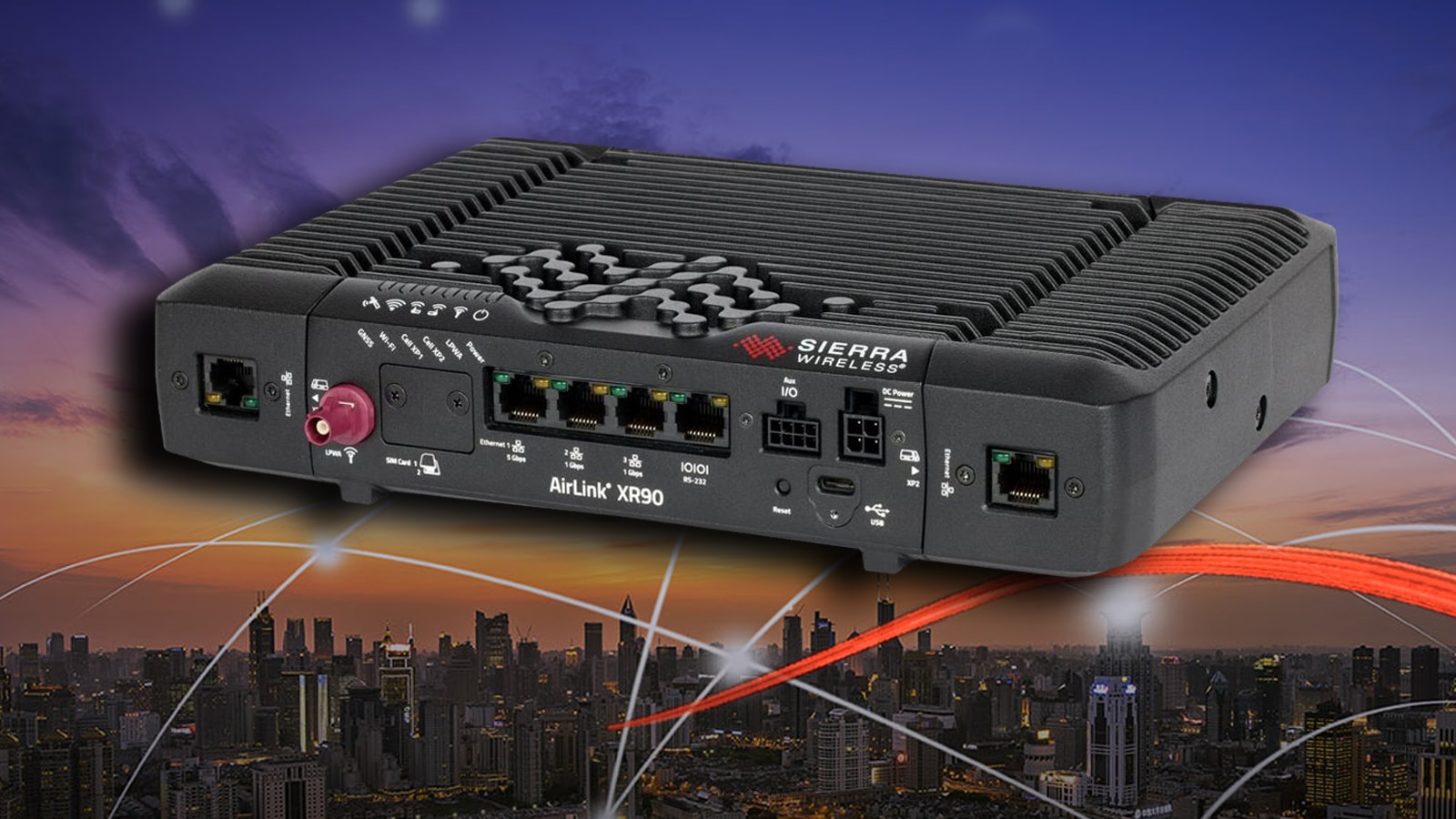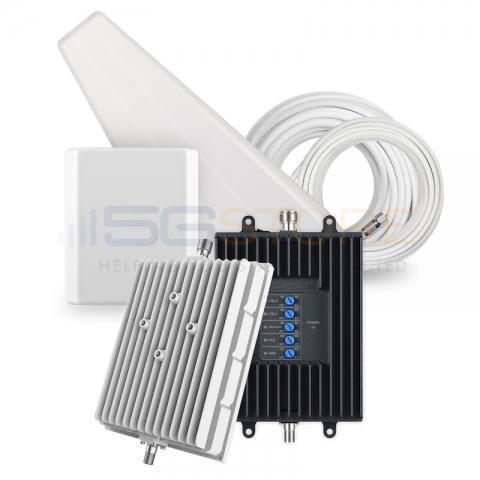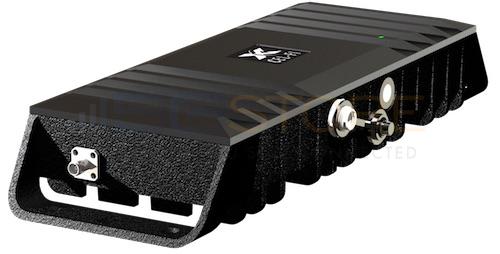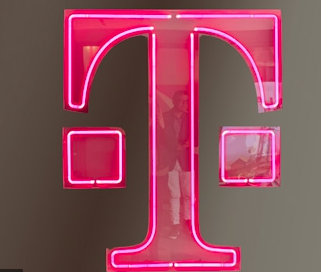At the beginning of November, we reported about the stop AT&T and Verizon had to put on rolling out their respective 5G C-band services due to FAA regulations. As the FAA continues to work with the FCC on this, Verizon’s CFO Matt Ellis is confident that the delay won’t linger more than 30 days. Ellis, who spoke during Morgan Stanley’s European Technology, Media & Telecom investor conference, added that the parties are going through a bit of a process to get everyone aligned. Both carriers have voluntarily pushed things back from December 5th to January 5th.
Ellis also talked about how this delay hasn’t kept Verizon from staying on track with their other goals. This includes reaching 100 million PoPs with C-band coverage in the first quarter of 2022. This seems it may hold true based on how the company was tracking in 5G coverage at the end of October.
While on the topic of C-band, Ellis talked up progress on the fixed wireless (FWA) front for both 4G LTE and 5G mmWave (aka 5G Home). When asked if he thought fixed wireless would be a key 5G killer app, he replied, “Yes, it is. We absolutely believe that to be the case.”
In the third quarter Verizon disclosed figures, adding 55,000 fixed wireless customers for a total of 150,000 as of the end of September. Coverage with 4G and 5G FWA stands at 11.6 million homes, and plans to reach 15 million by the end of the year. That number aims to hit 50 million by the end of 2025. Combined with what Ellis described as high-teen millions on the Fios side, it will be close to 70 million premises passed with home broadband in the next few years.
For the mmWave service, Ellis said that Verizon will have over 30,000 sites by the end of 2021 compared to just 2,000 sites two years ago.
Unlike 5G fixed wireless, which was quickly put into play along with its network rollout, LTE fixed wireless services have been more recently determined on a site-by-site basis – and is only available where Verizon has enough excess capacity. Initially launching last year, LTE coverage first focused largely on rural areas. Over the past year, it has grown to include more suburban and urban locations. It’s “seeing good traction,” Ellis noted.
When it comes to LTE, he pointed out that customer premises equipment (CPE) was upgraded over the summer to add support for the C-band, when available. “So those customers who are in those first 46 markets that the C-band will get turned on, will have the opportunity to step up from the 4G Home to the C-band version of that as well.”
Like with Fios, fixed wireless is not limited to residential customers. For example, Verizon is delivering 5G fixed wireless to certain Walgreens locations under a network-as-a-service deal in late 2020 covering 9,000 retail stores. 5G Business Internet FWA service expanded to 57 U.S. cities last month, while 5G Home was available in 60.
During Wednesday’s event Morgan Stanley analysts pointed out that Verizon has been highlighting the idea of being the go-to provider for broadband nationwide and asked Ellis about the potential to bundle home and mobile service thanks to fixed wireless access. He said it expands where Verizon can offer broadband, which right now is mainly restricted to the carrier’s Fios footprint.
“We get to take the ability to provide broadband from being a regional play to a nationwide play, and that’s tremendously exciting when we think of what we can do with that,” Ellis said. “Across the different technologies getting up towards 70 million homes by the end of 2025 we think that gives us the opportunity to play in this space in a way that nobody does so far.” He added, “How we market to our customer base in terms of offering those products together is a significant part of the growth opportunity.”
On a related note, T-Mobile has also gotten into the FWA game, and is targeting service to rural areas with LTE and 5G. In September T-Mobile’s FWA tally stood around 600 locations in the U.S., while its mid-band 2.5 GHz 5G footprint now covers 200 million Americans.
In terms of home broadband getting attention, Ellis referenced the recently signed $1 trillion infrastructure bill that includes $65 billion for broadband. Verizon expects to benefit from this via their fixed wireless services. “What I think it shows obviously is the importance of broadband in people’s lives and access to every aspect of the digital economy,” he said. Verizon’s been building out Fios as part of that “fixed wireless access gives us the opportunity to also be part of the solution there.”
Ellis emphasized that he believes the bill shouldn’t favor a specific technology.
“Let’s let the marketplace determine the right solution in each geographic location,” he said, noting that aside from fiber to the home, fiber to a cell site with FWA service provides a compelling product at a great price for customers as well.
Also top of mind is Verizon’s pending $6.9 billion acquisition of TracFone, which Ellis said is set up to close before the end of the year. There are still two hurdles outstanding, including a vote by the California Public Utilities Commission (CPUC) that’s on the agenda for a review vote Thursday, as well as FCC approval.
With the Tracfone deal Verizon is aiming to compete more directly in the prepaid space, where its current presence is tiny compared to main competitors but would jump to the leading position in terms of subscriber figures. Tracfone would bring roughly 20 million customers under the Verizon umbrella, a good portion that are already riding on the carrier’s network under a wholesale deal. For the roughly one third of TracFone subscribers that aren’t already on the Verizon network, Ellis said consumers will get an upgrade while Verizon benefits from cost savings as well.
